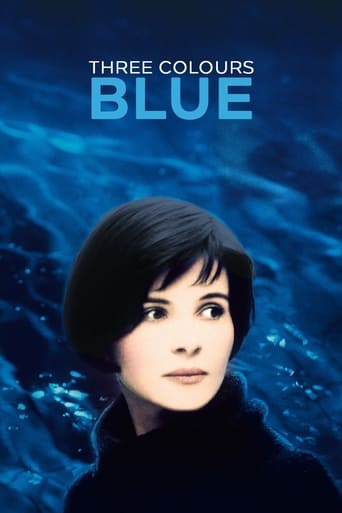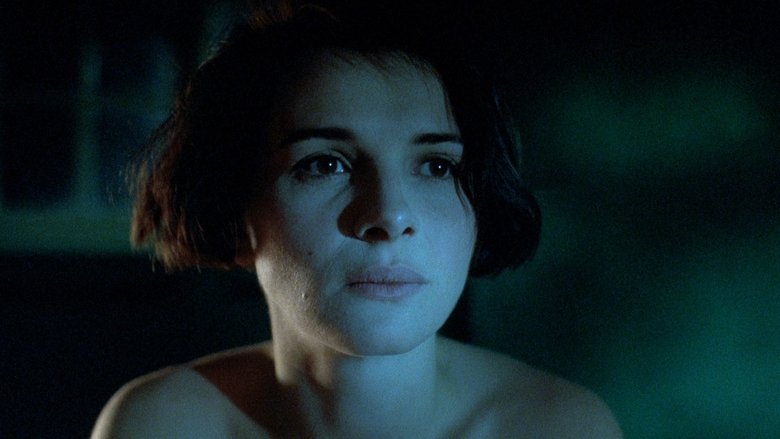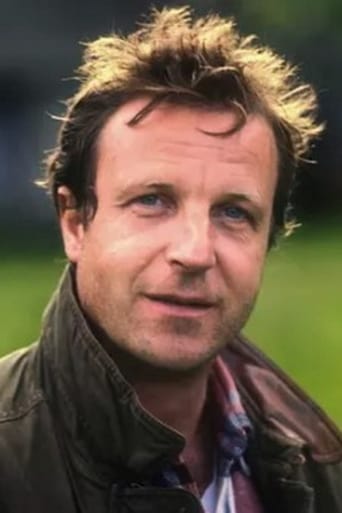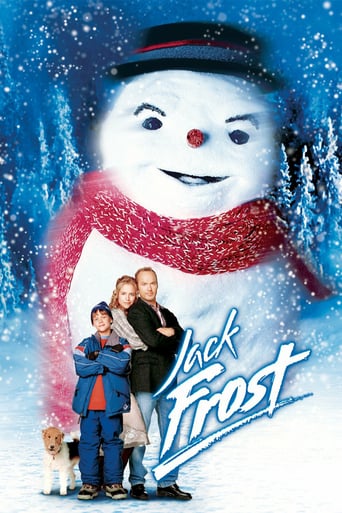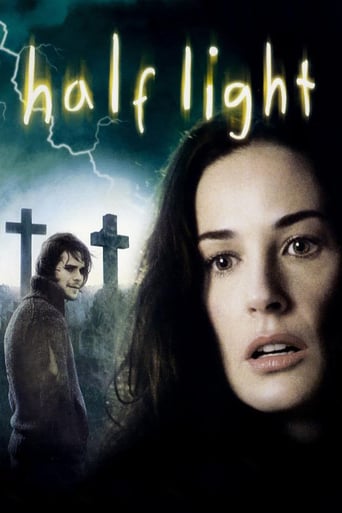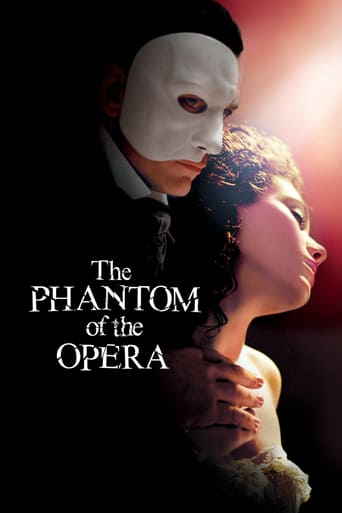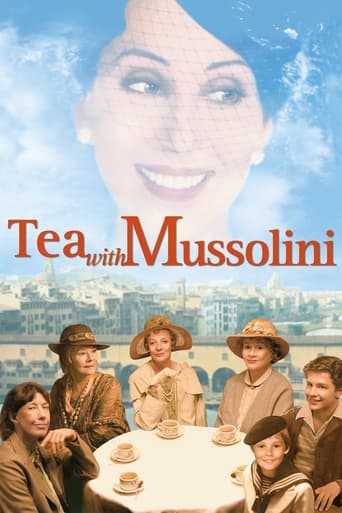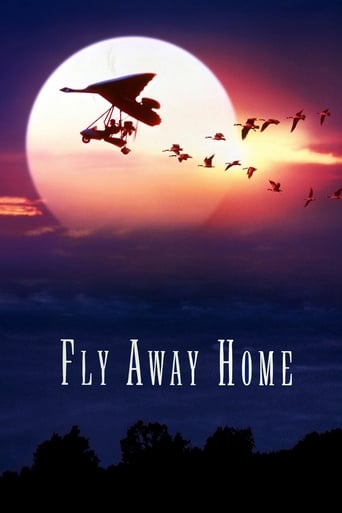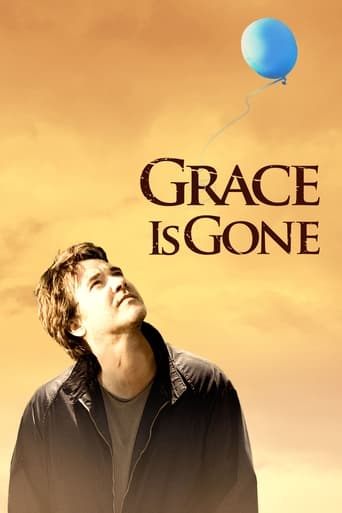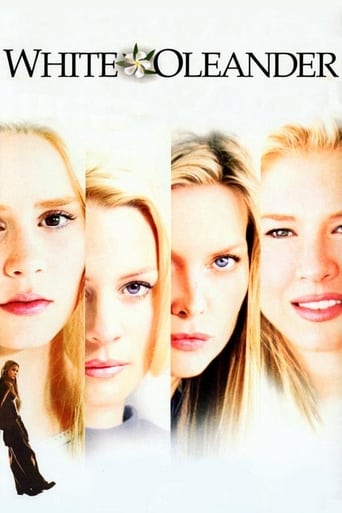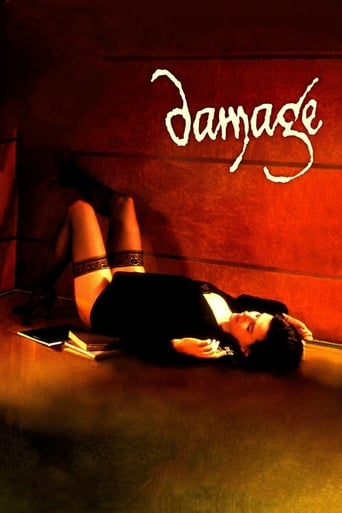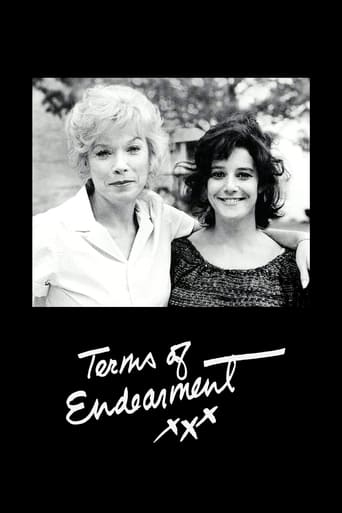Three Colors: Blue (1993)
The wife of a famous composer survives a car accident that kills her husband and daughter. Now alone, she shakes off her old identity and explores her newfound freedom but finds that she is unbreakably bound to other humans, including her husband’s mistress, whose existence she never suspected.
Watch Trailer
Cast


Similar titles
Reviews
Simply A Masterpiece
Powerful
what a terribly boring film. I'm sorry but this is absolutely not deserving of best picture and will be forgotten quickly. Entertaining and engaging cinema? No. Nothing performances with flat faces and mistaking silence for subtlety.
An old-fashioned movie made with new-fashioned finesse.
WARNING: THIS REVIEW ALSO CONTAINS SPOILERS ABOUT THREE COLORS: RED AND THREE COLORS: WHITEBlue was a beautiful film. As I have seen all three colors by now, I have realized how kind this entire series is. All the characters are stuck somewhere in their lives, and at the end of Three Colors Red, they all stay alive after a ferry accident which shows that, in a way, they got unstuck and life still goes on.Blue is about a woman who loses her husband and daughter. I loved it how her pain is not cinematically over exaggerated as many directors would have done. It was shown in simple and non close-up ways, such as Julie swallowing medical pills but spitting them out, because she simply could not do that. I think that's why I say this movie was so kind - because it was extremely honest. I believed Julie's reaction to her husband's mistress, I believed her character, and all else about her.I liked the use of the color blue in here. It was Julie's color. Especially the jar hanging from her ceiling and the blue of the pool. Those colors represented her inner world for me: very calm, but at the same time radiant.I loved how Julie felt the music. There was a black screen, music - and then we were thrown back into the world in the same place and time where we were left. This is quite a unique cinematic technique, as fade to black usually means a change in scene.And in general, the music here was magnificent.One thing I noticed is that in all three films of colors, something life changing first happens to the characters, and later they make an unexpected decisions, that leads to the situation of being stuck to ease out a little bit...
How do we know what it is, essentially, that we liked about a movie? Which is to say, what do we know about this viewer who was affected by something he saw and it rang a chord? And what do we say of that experience, do we ascribe it outside of us?This is what we have here, questions of memory and meaning. A woman as viewer of a movie (played by Binoche as placid observer) taking spontaneous shape around her, that pokes holes in herself and provokes questions; finally overcoming it by being pulled forward by what was left incomplete in it.A woman who has lost everything as the film begins, every anchor in her life violently removed in one swoop and she's now cast adrift. We have the whole film as her own inner drift through an interminable flow. Kieslowski evokes this with lush dissonance between visual segments, cuts and fades that leave life in suspense. There is scant story, all about living with these fragments. Music erupts around her in sudden intervals; but music that's coming from inside of her and being hallucinated.It's the world of memory and inner life. Tarkovsky enters this with long, mystifying sweeps of the camera that lift bearings and slip into dreams and ruminations. Kieslowski by contrast caresses their outline, the surface of emotions as they glide over the eye. It's not difficult like Tarkovsky or Ruiz can be, but pleasant in the way of Kar Wai. It goes down rather easy, you can see it for just the surface shift.Kieslowski had spent the whole 10 hours of the Dekalog training this ability to dream in advance. It pays off here. Each of the 10 Dekalogs was about a narrative that an earth-shattering revelation comes along and creates a change in viewing. You will see this here obviously. But Dekalog had a contrast; some of it was Kieslowski opening corridors in the imagining with his camera, most was characters stumbling into revelations and articulating feelings. Here it's resolved in favor of the eye; the whole is about visual slippage through cracks in story.He lets blue lights shine on screen as music soars in crescendos, he gives us closeup shots of eyes; the eye that colors. At other points he introduces memory as images before a viewer: the funeral playing on a screen, images of her husband on TV that when shuffled through reveal a mistress. Most eloquently, images on TV of someone being cast over a void with a bungee chord as her anxiously precarious drift with nowhere to hold. She's fading from even the mind of her mother.For the end he reserves a tableaux of joined moments from lives as they are suspended briefly in mind. It's all being endlessly relived and combined like the music she works to complete with her composer friend. The music is central here. Not just as the memory of what was collaboratively lived with her composer husband, the emotion that was absorbed and now erupts again, but also as the sheet where an incomplete piece beckons for the work of continued imagination. The shot of this sheet as scribbled notes end and lines stretch interminably is the abstract heart at the bottom of it.Had another woman not made a copy of the score, it would have disappeared when she burnt it. Had she come by to pick up the photos of her husband, she might have burnt them with everything else and never found out about the mistress. But it's all this what pulls her out of herself.
This film is about the most raw of emotions, grief from great loss. In an opening scene, the brakes go out on a car, ridden in by Juiette Binoche, the result of which is the loss of her composer husband and her young daughter. We now focus on her attempted recovery which begins with a suicide attempt. Once out of the hospital, she wallows in grief. She obviously has the funds to go on which allows her to drop out of her previous world. Her husband had been respected all over the world for his work, but it is implied that she had as much to do with the work as he did. One of her husband's associates (who has loved her and sleeps with her one evening) wants to finish the master's final composition. She destroyed a copy earlier, but it resurfaced as a copy in his desk at his workplace. As she tries to get direction, she finds out deep secrets that were kept. She has a relationship with an exotic dancer in a sex club. There are rather obvious scenes of her swimming alone, going into the depths of the water and coming out. This is quite an intense, but superbly quiet film.
"Now I have only one thing left to do: nothing. I don't want any belongings, any memories. No friends, no love. Those are all traps." Krzysztof Kieślowski's 1993 French drama film 'Three Colors: Blue' is one of three films from the Three Colors trilogy (all directed by Kieślowski, the other colors being White and Red), depicting the first color in the French flag, standing for liberty. But how does the first installment of this trilogy series play out? Let's take a look. The film tells the story of a beautiful young woman named Julie (Juliette Binoche) who survives a car crash while tragically losing her musician husband and daughter and later on becomes haunted by grief. Filled with remorse and bitterness, she tries to shut out memories of the past and the world itself to melt into her own misery, at one point indulging herself in trying to swallow a capsule of pills, another by scraping her bare knuckles against a stone wall as she walks along, drawing blood. In a close-up shot for one scene in a café, we see her dipping a sugar cube in some coffee, showing us how once something pure can quickly become stained as her life had now become. Certain sounds amplify the story at certain and are key, allowing the film to breathe in a sense as would the incomplete piece her former husband wrote with its beats, tempos and musical nuances or as any other arrangements of composed music as well. Besides the many things being blue that are in this film, the primary focus are what we as the audience will either sense or feel throughout. Whenever Julie encounters a friend from the past, the screen fades to black and we hear a chord from her husband's unfinished symphony. Moments later the screen fades in again and we return to the scene at hand. Here we are to experience the emptiness of this character's psyche for a brief moment and her yearning to be set free from what has ensnared her being. We hear more than we see rather; her inner anguish writhing within followed by the sudden oomph from the full orchestra whenever it fades to black. This happens two or three times more in the film; fading to the darkness for an instant, the chord of a symphony and then fading back in. When something is repeated it is usually for emphasis, and in this particular scenario the director allows sound as well as sight to flourish in volumes. To the sound of a homeless street performer droning her deceased spouse's tune on a recorder to almost being able to smell the hot coffee in a local café, this picture is truly a film for the senses. 'Blue' weaves a mysterious orchestra of senses and emotions together all on its own to capture the essence of grief, loss and the uncertain bonds that must be mended regarding the present state and the future.

